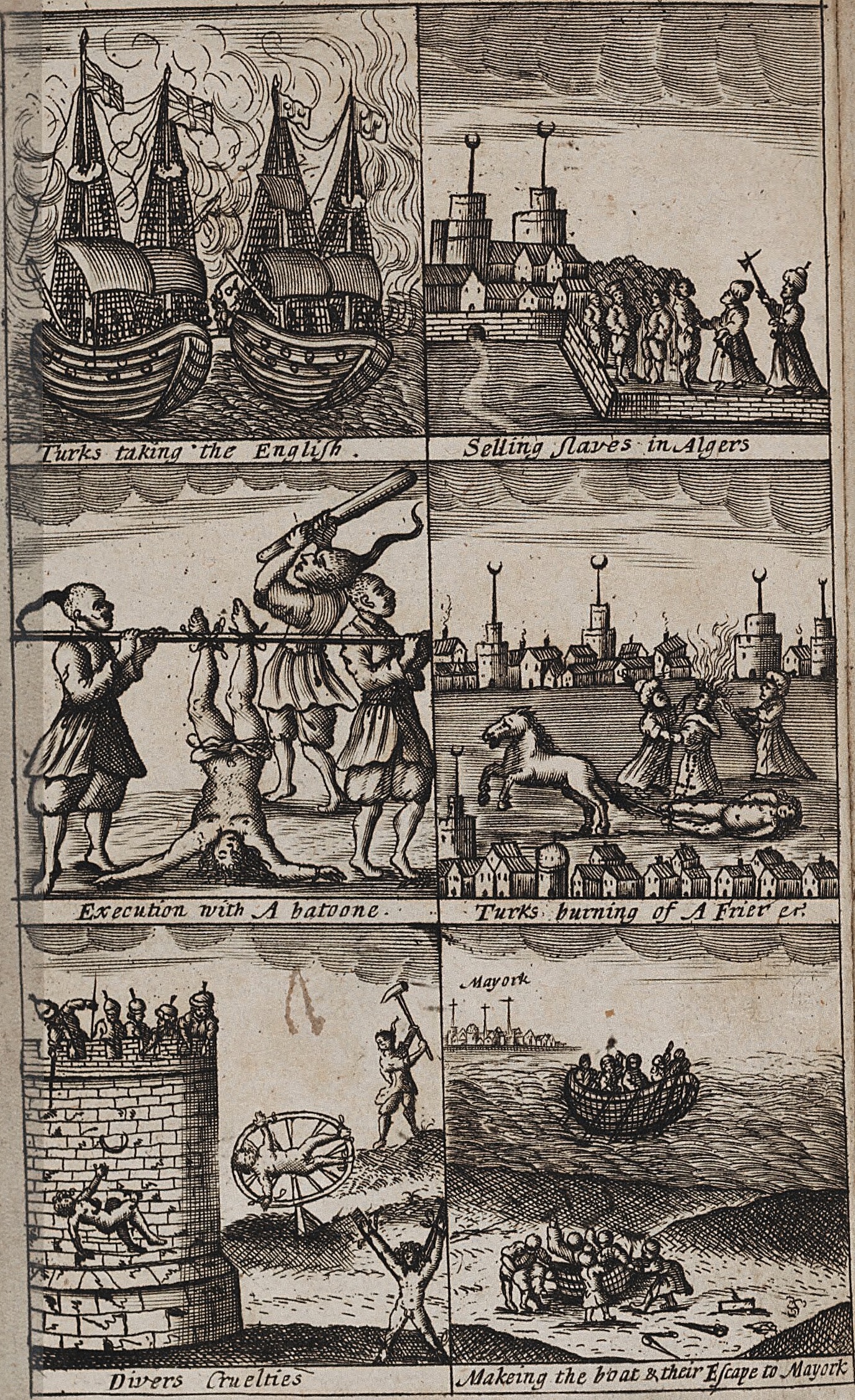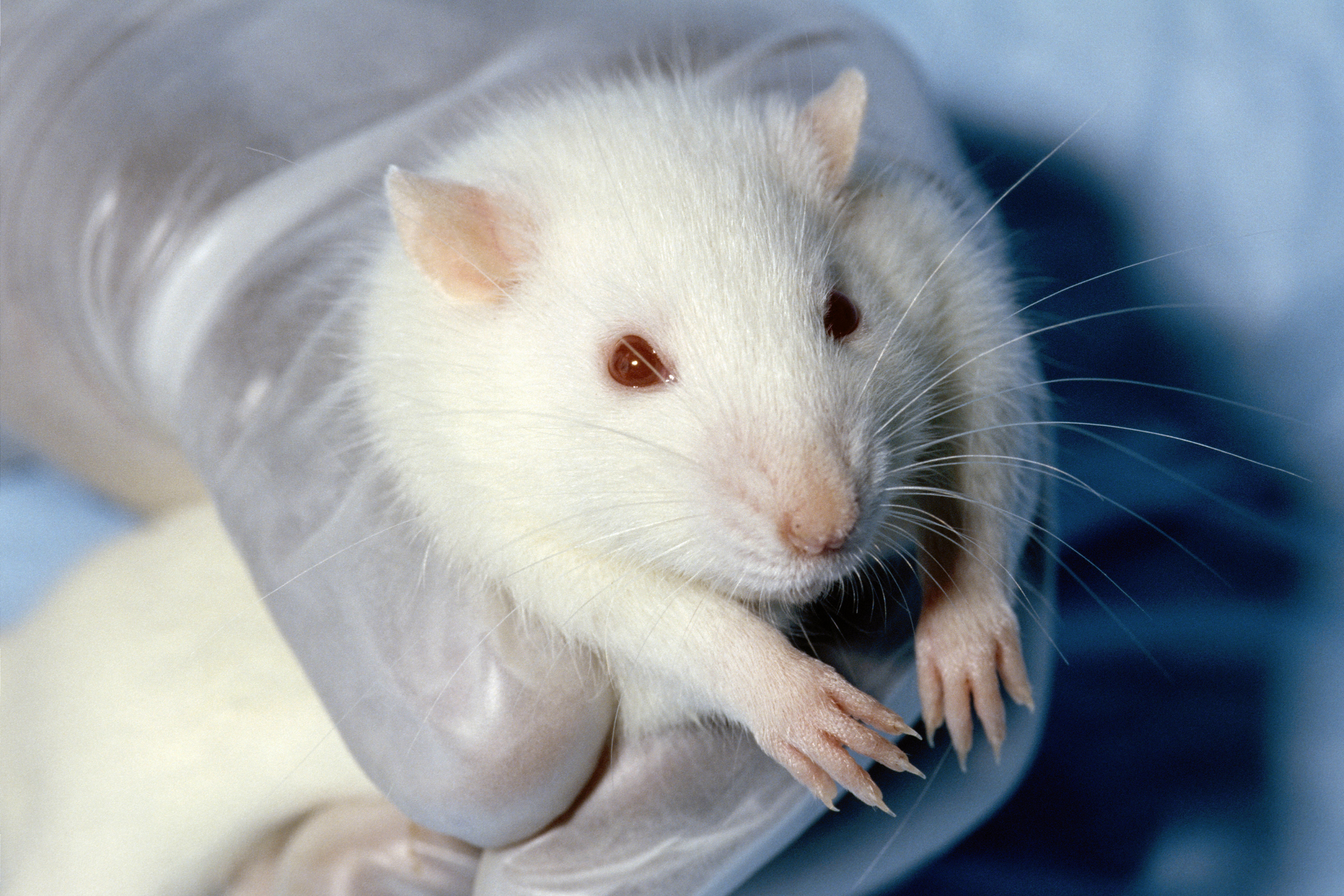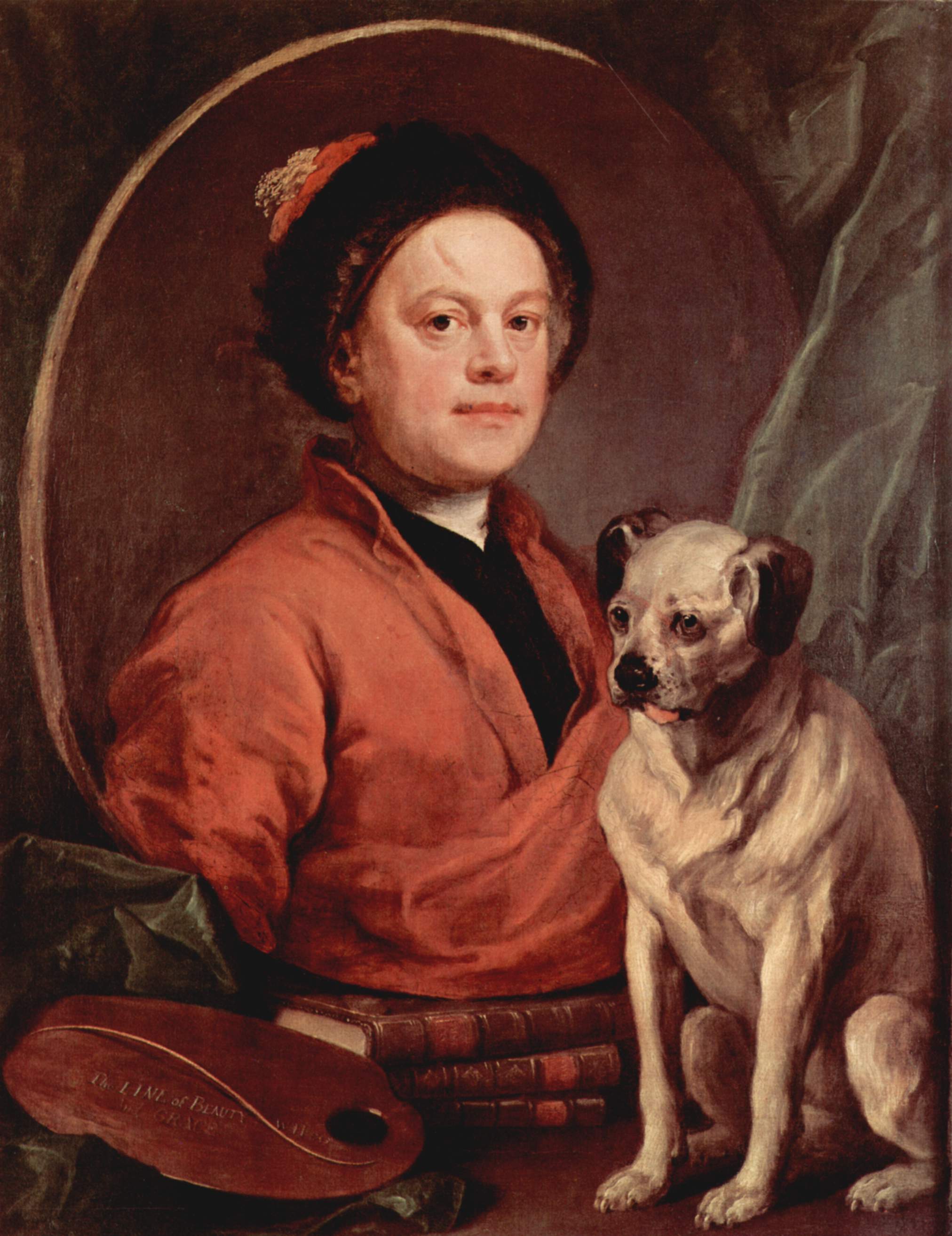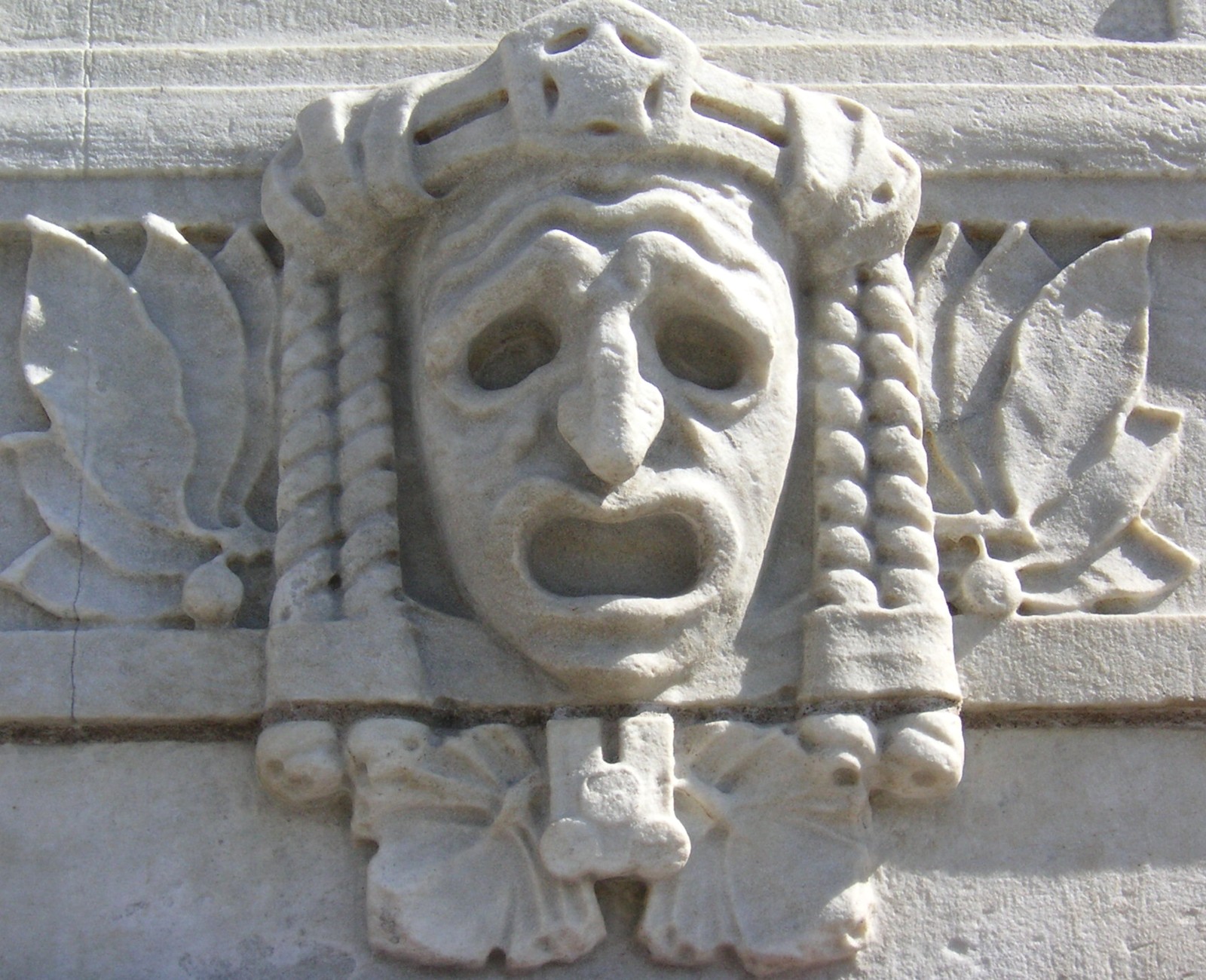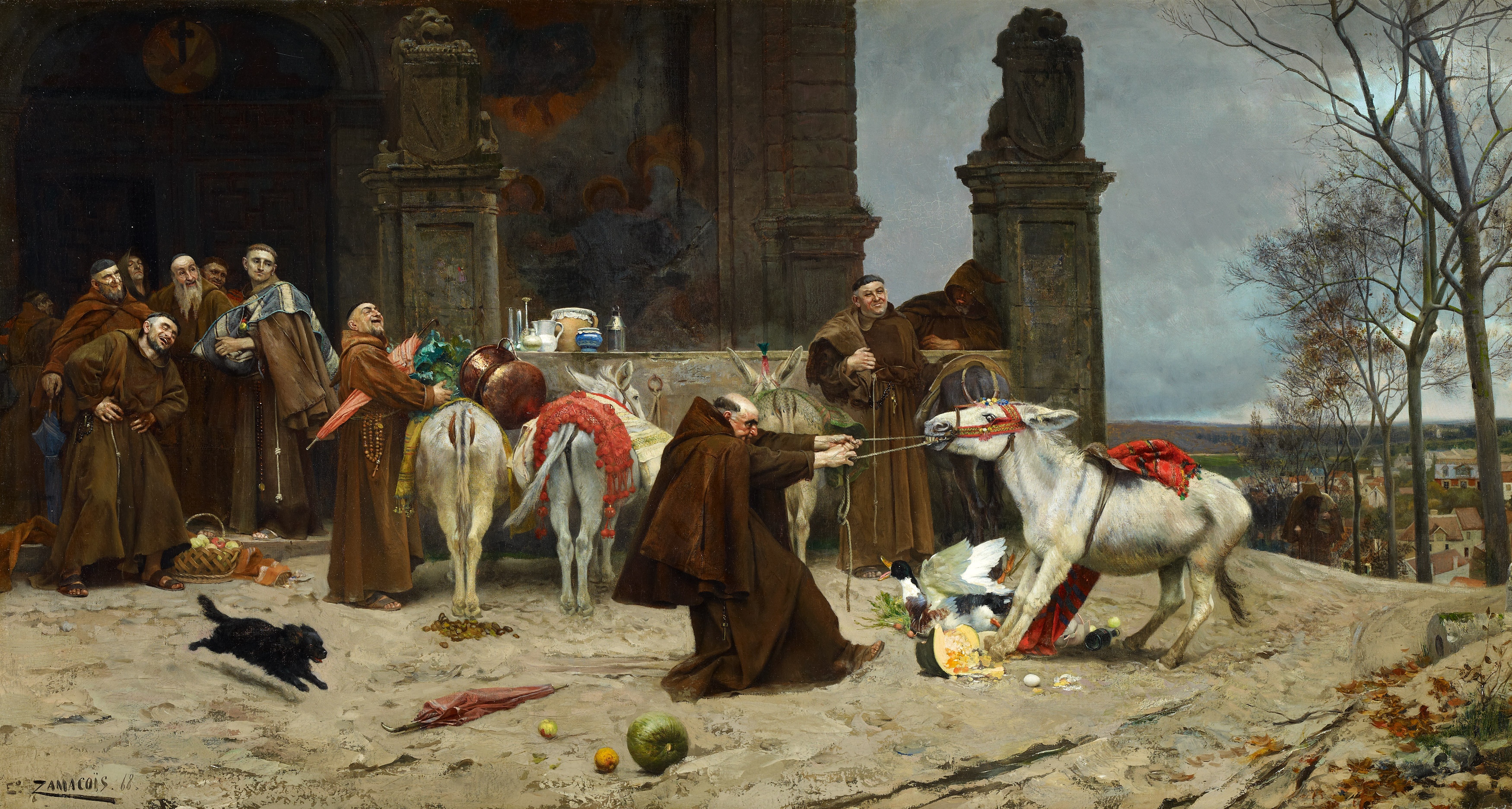|
Cruelty
Cruelty is the intentional infliction of suffering or the inaction towards another's suffering when a clear remedy is readily available. Sadism can also be related to this form of action or concept. Cruel ways of inflicting suffering may involve violence, but affirmative violence is not necessary for an act to be cruel. Etymology The term comes from Middle English, via the Old French term "crualte", which is based on Latin "crudelitas", from "crudelis". The word has metaphorical uses, for example, " The cliffs remained cruel." (i.e., unclimbable when they desperately needed to be climbed) in ''The Lord of the Rings''. Usage in law The term ''cruelty'' is often used in law and criminology with regard to the treatment of animals, children, spouses, and prisoners. When cruelty to animals is discussed, it often refers to ''unnecessary suffering.'' In criminal law, it refers to punishment, torture, victimization, draconian measures, and cruel and unusual punishment. In divorce ... [...More Info...] [...Related Items...] OR: [Wikipedia] [Google] [Baidu] |
Cruelty To Animals
Cruelty to animals, also called animal abuse, animal neglect or animal cruelty, is the infliction of suffering or Injury, harm by humans upon animals, either by omission (neglect) or by commission. More narrowly, it can be the causing of harm or suffering for specific achievements, such as killing animals for food or entertainment; cruelty to animals is sometimes due to a mental disorder, referred to as zoosadism. Divergent approaches to Animal rights by country or territory, laws concerning animal cruelty occur in different jurisdictions throughout the world. For example, some laws govern methods of killing animals for food, clothing, or other products, and other laws concern the keeping of animals for entertainment, education, research, or pets. There are several conceptual approaches to the issue of cruelty to animals. Even though some practices, like animal fighting, are widely acknowledged as cruel, not all people or cultures have the same definition of what constitutes an ... [...More Info...] [...Related Items...] OR: [Wikipedia] [Google] [Baidu] |
Theatre Of Cruelty
The Theatre of Cruelty (, also ) is a form of theatre conceptualised by Antonin Artaud. Artaud, who was briefly a member of the surrealist movement, outlined his theories in a series of essays and letters, which were collected as '' The Theatre and Its Double''. The Theatre of Cruelty can be seen as a break from traditional Western theatre and a means by which artists assault the senses of the audience. Artaud's works have been highly influential on artists including Jean Genet, Jerzy Grotowski, Peter Brook, and Romeo Castellucci. History and influences Antonin Artaud was well known as an actor, playwright, and essayist who worked in both theatre and cinema. He was briefly a member of the surrealist movement in Paris from 1924 to 1926, before his "radical independence and his uncontrollable personality, perpetually in revolt, brought about his excommunication by André Breton." Led by André Breton, the surrealist movement argued that the unconscious mind is a source of artist ... [...More Info...] [...Related Items...] OR: [Wikipedia] [Google] [Baidu] |
The Four Stages Of Cruelty
''The Four Stages of Cruelty'' is a series of four printed engravings published by English artist William Hogarth in 1751. Each print depicts a different stage in the life of the fictional Tom Nero. Beginning with the torture of a dog as a child in the ''First stage of cruelty'', Nero progresses to beating his horse as a man in the ''Second stage of cruelty'', and then to robbery, seduction, and murder in ''Cruelty in perfection''. Finally, in ''The reward of cruelty'', he receives what Hogarth warns is the inevitable fate of those who start down the path Nero has followed: his body is taken from the gallows after his execution as a murderer and is mutilated by surgeons in the anatomical theatre. The prints were intended as a form of moral instruction; Hogarth was dismayed by the routine acts of cruelty he witnessed on the streets of London. Issued on cheap paper, the prints were destined for the lower classes. The series shows a roughness of execution and a brutality that is ... [...More Info...] [...Related Items...] OR: [Wikipedia] [Google] [Baidu] |
Cruelty-free
In the animal rights movement, cruelty-free is a label for products or activities that do not harm or kill animals anywhere in the world. Products animal testing, tested on animals or made from animals are not considered cruelty-free, since these tests are often painful and cause the suffering and death of millions of animals every year. History The term cruelty-free was first used in this way by Muriel Dowding, Baroness Dowding, Lady Dowding who persuaded manufacturers of fake furs to use the label ''Beauty Without Cruelty'' and went on to found the charity Beauty Without Cruelty in 1959. The term was popularised in the US in the 1970s by Marcia Pearson who founded the group Fashion With Compassion. Then, in 1998, the United Kingdom started a trend by banning all testing on animals. Many other countries followed their lead soon after. Campaigns In 1957 Charles Hume and W. M. S. Russell introduced the concept of the three R's in their book ''Principles of Humane Experimental ... [...More Info...] [...Related Items...] OR: [Wikipedia] [Google] [Baidu] |
Cruelty
Cruelty is the intentional infliction of suffering or the inaction towards another's suffering when a clear remedy is readily available. Sadism can also be related to this form of action or concept. Cruel ways of inflicting suffering may involve violence, but affirmative violence is not necessary for an act to be cruel. Etymology The term comes from Middle English, via the Old French term "crualte", which is based on Latin "crudelitas", from "crudelis". The word has metaphorical uses, for example, " The cliffs remained cruel." (i.e., unclimbable when they desperately needed to be climbed) in ''The Lord of the Rings''. Usage in law The term ''cruelty'' is often used in law and criminology with regard to the treatment of animals, children, spouses, and prisoners. When cruelty to animals is discussed, it often refers to ''unnecessary suffering.'' In criminal law, it refers to punishment, torture, victimization, draconian measures, and cruel and unusual punishment. In divorce ... [...More Info...] [...Related Items...] OR: [Wikipedia] [Google] [Baidu] |
Abuse
Abuse is the act of improper usage or treatment of a person or thing, often to unfairly or improperly gain benefit. Abuse can come in many forms, such as: physical or verbal maltreatment, injury, assault, violation, rape, unjust practices, crimes, or other types of aggression. To these descriptions, one can also add the Kantian notion of the wrongness of using another human being as means to an end rather than as ends in themselves. Some sources describe abuse as "socially constructed", which means there may be more or less recognition of the suffering of a victim at different times and societies. Types and contexts of abuse Abuse of authority Abuse of authority includes harassment, interference, pressure, and inappropriate requests or favors. Abuse of corpse Necrophilia involves possessing a physical attraction to dead bodies that may led to acting upon sexual urges. As corpses are dead and cannot give consent, any manipulation, removal of parts, mutilation, or sexua ... [...More Info...] [...Related Items...] OR: [Wikipedia] [Google] [Baidu] |
Suffering
Suffering, or pain in a broad sense, may be an experience of unpleasantness or aversion, possibly associated with the perception of harm or threat of harm in an individual. Suffering is the basic element that makes up the negative valence (psychology), valence of affective phenomena. The opposite of suffering is pleasure or happiness. Suffering is often categorized as physical or mental. It may come in all degrees of intensity, from mild to intolerable. Factors of duration and frequency of occurrence usually compound that of intensity. Attitudes toward suffering may vary widely, in the sufferer or other people, according to how much it is regarded as avoidable or unavoidable, useful or useless, deserved or undeserved. Suffering occurs in the lives of Sentience, sentient beings in numerous manners, often dramatically. As a result, many fields of human activity are concerned with some aspects of suffering. These aspects may include the nature of suffering, its processes, its orig ... [...More Info...] [...Related Items...] OR: [Wikipedia] [Google] [Baidu] |
Spite (sentiment)
Spite or spitefulness as a sentiment, action, or a personality trait has several possible meanings. According to the American Psychological Association there is "no standard definition of spitefulness. Spite can be broadly defined to include any vindictive or mean-spirited actions. Alternatively, a narrower definition includes the requirement that spiteful acts involve some degree of self-harm." One possible definition of spite is to intentionally annoy, hurt, or upset even when there might be no (apparent) gain, and even when those actions might cause the person spiting harm, as well. ''Spiteful'' words or actions are delivered in such a way that it is clear that the person is delivering them just to annoy, hurt, or upset. In his 1929 examination of emotional disturbances, ''Psychology and Morals: An Analysis of Character'', J. A. Hadfield uses deliberately spiteful acts to illustrate the difference between disposition and sentiment. Spite has also been studied as a trait of ... [...More Info...] [...Related Items...] OR: [Wikipedia] [Google] [Baidu] |
Susan Sontag
Susan Lee Sontag (; January 16, 1933 – December 28, 2004) was an American writer, critic, and public intellectual. She mostly wrote essays, but also published novels; she published her first major work, the essay "Notes on "Camp", Notes on 'Camp'", in 1964. Her best-known works include the critical works ''Against Interpretation'' (1966), ''On Photography'' (1977), ''Illness as Metaphor'' (1978) and ''Regarding the Pain of Others'' (2003), the short story "The Way We Live Now (short story), The Way We Live Now" (1986) and the novels ''The Volcano Lover'' (1992) and ''In America (novel), In America'' (1999). Sontag was active in writing and speaking about, or traveling to, areas of conflict, including during the Vietnam War and the Siege of Sarajevo. She wrote extensively about literature, cinema, photography and media, illness, war, human rights, and left-wing politics. Her essays and speeches drew backlash and controversy, and she has been called "one of the most influential c ... [...More Info...] [...Related Items...] OR: [Wikipedia] [Google] [Baidu] |
Schadenfreude
Schadenfreude (; ; "harm-joy") is the experience of pleasure, joy, or self-satisfaction that comes from learning of or witnessing the troubles, failures, pain, suffering, or humiliation of another. It is a loanword from German. Schadenfreude has been detected in children as young as 24 months and may be an important social emotion establishing "inequity aversion". Etymology Schadenfreude is a term loanword, borrowed from German language, German. It is a compound of ("damage/harm") and ("joy"). The German word was first mentioned in English texts in 1852 and 1867, and first used in English running text in 1895. In German, it was first attested in the 1740s. The earliest seems to be Christoph Starke, "Synopsis bibliothecae exegeticae in Vetus Testamentum," Leipzig, 1750. Although Proper noun, common nouns normally are not capitalized in English, schadenfreude sometimes is, following the German orthography#Spelling of nouns, German convention. Psychological causes Research ... [...More Info...] [...Related Items...] OR: [Wikipedia] [Google] [Baidu] |
Marriage
Marriage, also called matrimony or wedlock, is a culturally and often legally recognised union between people called spouses. It establishes rights and obligations between them, as well as between them and their children (if any), and between them and their Affinity (law), in-laws. It is nearly a cultural universal, but the definition of marriage varies between cultures and religions, and over time. Typically, it is an institution in which interpersonal relationships, usually sexual, are acknowledged or sanctioned. In some cultures, marriage is recommended or considered to be Premarital sex, compulsory before pursuing sexual activity. A marriage ceremony is called a wedding, while a private marriage is sometimes called an elopement. Around the world, there has been a general trend towards ensuring Women's rights, equal rights for women and ending discrimination and harassment against couples who are Interethnic marriage, interethnic, Interracial marriage, interracial, In ... [...More Info...] [...Related Items...] OR: [Wikipedia] [Google] [Baidu] |
